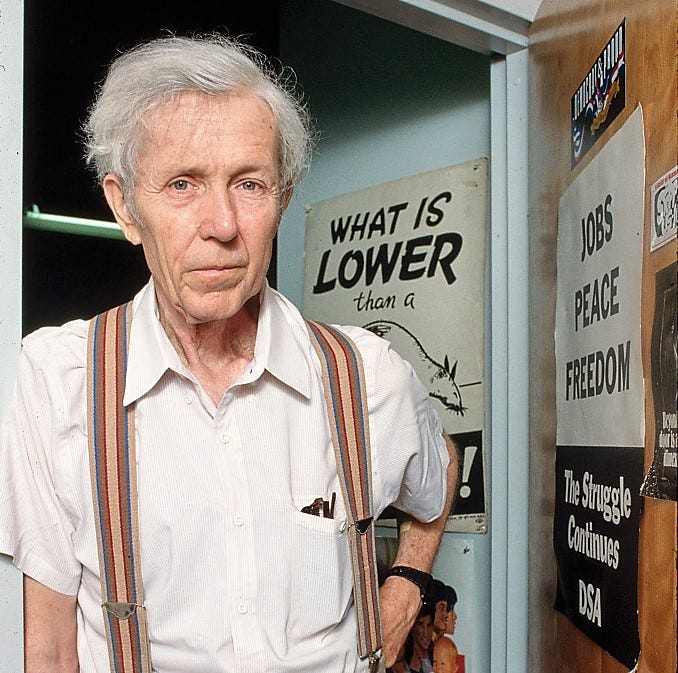An In-Depth special report: The Old Left saw the New Left’s authoritarianism coming
Today’s progressive anti-free speech movement is in perfect sync with the 1960s Free Speech Movement

The cleavage we see today between what we might call civil liberties Democrats (yes, they do exist) and pandemic, or authoritarian, Democrats was a long time coming.
In fact, it has been brewing since the early 1960s, only then it was characterized as a struggle between what we then called the Old Left—the establishment and often hawkish wing of the Democratic Party, composed primarily of trade unions, mainstream civil rights organizations, and newly-minted neoconservatives (old democratic socialists whose fight against communism became a single-minded obsession)—and the New Left, which was fueled by the emerging feminist and anti-war movements, and by the counterculture in general. There were crossovers, as might be expected.
Each wing of the left had its stars: Walter Reuther, Martin Luther King, Franklin Delano Roosevelt, and Norman Thomas stood out as stalwarts of the Old Left; Tom Hayden, Abbie Hoffman, Gloria Steinem, and Staughton Lynd, as titans of the New Left.
And there were those who tried to live on that crossover bridge between the two, particularly the democratic socialist Michael Harrington, who had deep generational and political roots in the Old Left but who was young and flexible enough to understand the motivations of a new generation of leftists.
The disconnect between Old and New was evident from the start, and Harrington was, in fact, one of the first to see it, if at first he could not quite put his finger on what exactly it was that disconcerted him so.
The story starts circa 1961 in New York’s Greenwich Village. The winds of what would be soon be called the New Left were blowing back in the 50s, of course—Alan Ginsburg’s ‘Howl’—but its arrival as the symbolic political force of a generation occurred one night in the Village’s famed White Horse tavern, when a young folk singer named Bob Dylan took the stage and gave an off-the-cuff performance.

